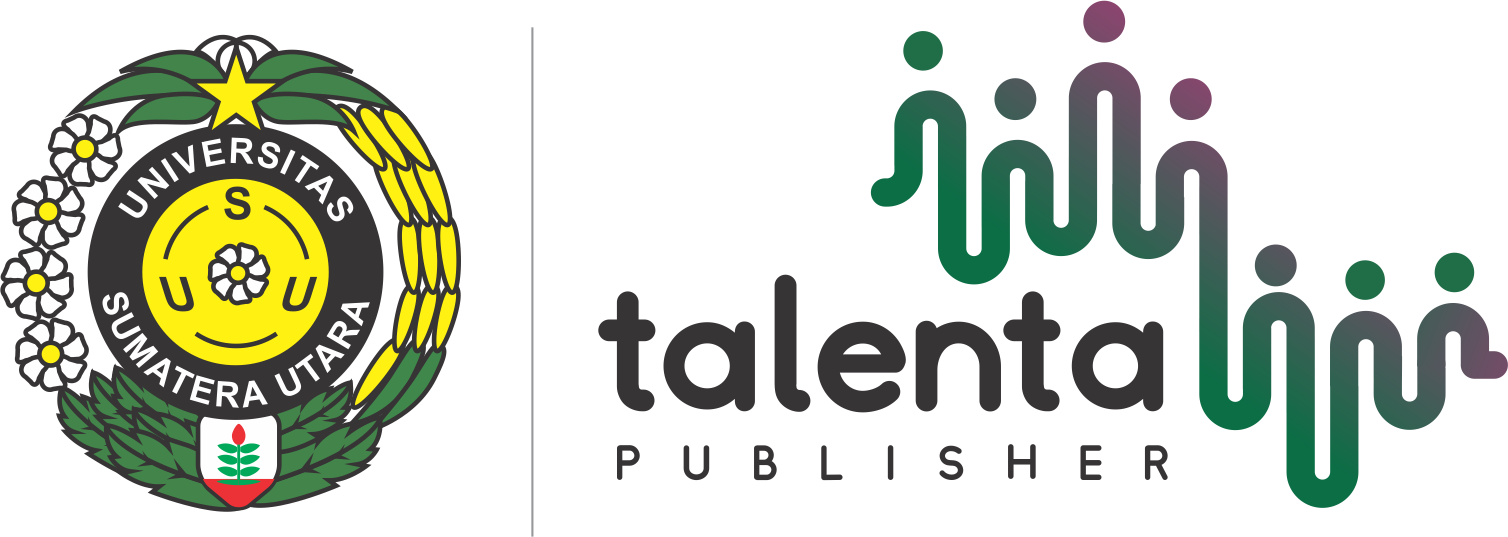Peramalan Untuk Perencanaan Produksi Tepung Tapioka pada PT. XYZ dengan Menggunakan Metode Time Series
| Authors | ||
| Issue | Vol 5 No 2 (2022): Talenta Conference Series: Energy and Engineering (EE) | |
| Section | Articles | |
| Section |
Copyright (c) 2022 Talenta Conference Series: Energy and Engineering (EE)  This work is licensed under a Creative Commons Attribution-NonCommercial-NoDerivatives 4.0 International License. |
|
| Galley | ||
| DOI: | https://doi.org/10.32734/ee.v5i2.1564 | |
| Keywords: | ubi kayu tepung tapioka peramalan cassava tapioca flour forecasting | |
| Published | 2022-12-13 |
Abstract
PPT. XYZ merupakan perusahaan pengolah ubi kayu menjadi tepung tapioka sebagai output produksinya. Ubi kayu yang diolah akan disuplai langsung dari kebun milik perusahaan juga dari kebun milik masyarakat setempat. PT. XYZ menghasilkan dua jenis tepung tapioka yaitu tepung tapioka food dan tepung tapioka non-food. Strategi produksi dan pemasaran tepung tapioka yang diterapkan oleh PT. XYZ adalah strategi make to stock. Tetapi pada aktualnya PT. XYZ tidak melakukan perhitungan perkiraan jumlah permintaan konsumen, di mana pabrik memproduksi tepung sesuai dengan jumlah bahan baku yang masuk. Sehingga, terdapat sejumlah tepung yang sudah kadaluarsa di Gudang akibat kelebihan produksi tepung. Oleh karena itu, dilakukan perkiraan jumlah permintaan dengan peramalan penjualan di mana hasil peramalan akan digunakan sebagai dasar jumlah produksi tepung pada masa mendatang. Peramalan penjualan tepung didasarkan dengan data histori penjualan tepung satu tahun terakhir. Peramalan yang dilakukan adalah Time Series dengan metode linear dan siklis. Hasil peramalan menunjukkan metode linear terpilih karena memiliki nilai error paling kecil pada metode The Mean Absolute Percentage Error sebesar 28,09% dan Mean Absolute Deviation sebesar 51.448,2181 dan hasil moving range chart menunjukkan metode tersebut representative.
PT. XYZ is a company that processes cassava into tapioca flour as its production output. Processed cassava is supplied directly from the company's plantations and the plantations of the local community. PT. XYZ produces two types of tapioca flour: food tapioca flour and nonfood tapioca flour. The production and marketing strategy of tapioca flour applied by PT. XYZ is a make-to-stock strategy. But in fact, PT. XYZ does not calculate the estimated consumer demand, where the factory produces flour according to the amount of incoming raw materials. So, some flour has expired in the warehouse due to excess flour production. Therefore, an estimate of the number of requests is made with sales forecasting, where the forecast results will be used as the basis for the amount of flour production in the future. Forecasting flour sales is based on historical data on flour sales for the past year. Forecasting is done in Time Series with linear and cyclical methods. The forecasting results show that the linear approach was chosen because it has a minor error value in the MAPE method of 28.09% and MAD of 51,448,2181, and the results of the moving range chart show that the technique is representative.






